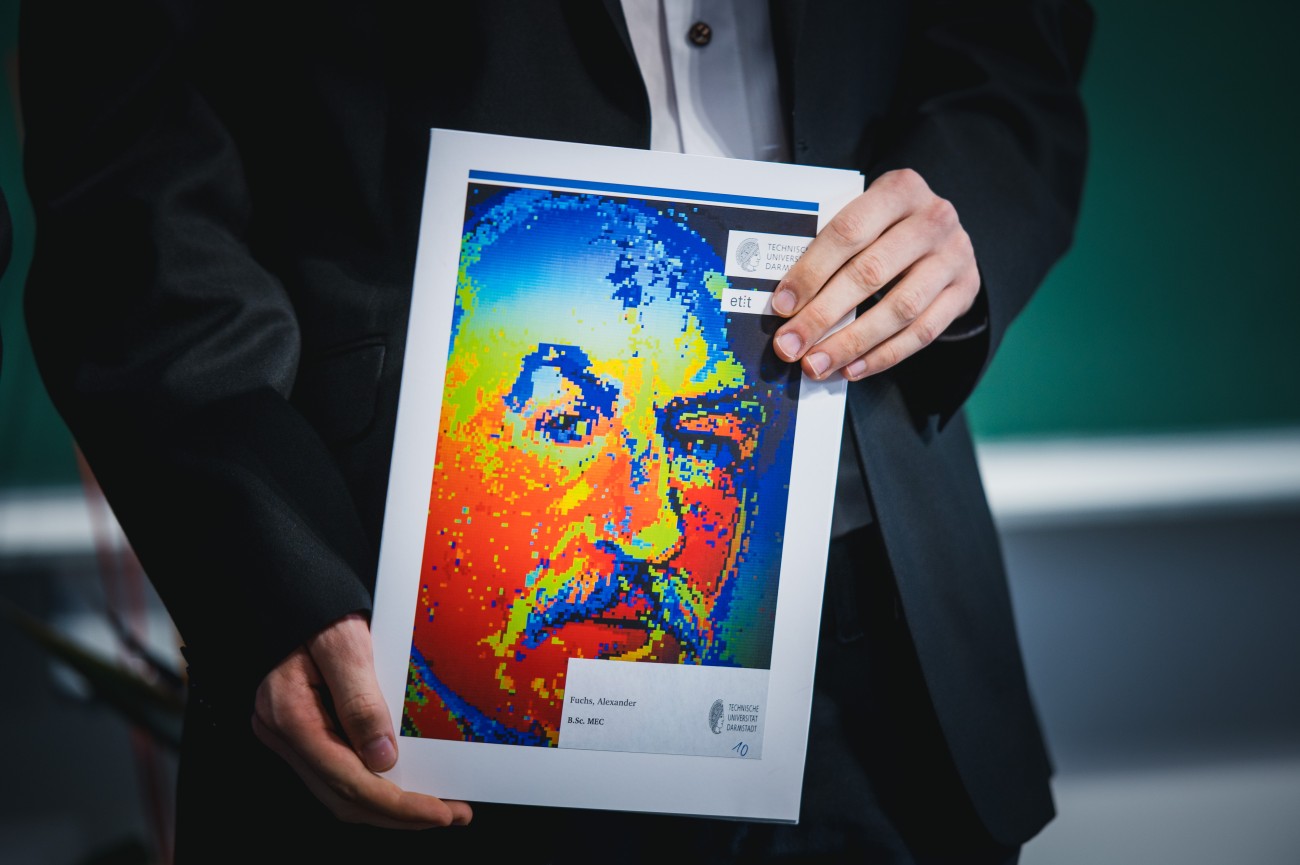Optimierung und Inbetriebnahme eines Versuchsstands zur Messung der Gleichstrom-Leitfähigkeit
Optimization and commissioning of a test system for measuring direct current conductivity
Bachelor thesis
Background and Motivation
Due to the increasing demand for long national and international energy transmission lines, many high-voltage direct current (HVDC) transmission projects with underground cables are being planned or are already in the construction phase. The reliability of these power cable systems is fundamental to the success of energy transmission and grid stability. A large number of cable joints are required for land cable routes due to the manufacturing process. It is known from HVAC applications that joints are susceptible to faults. It is assumed that cable joints also represent a weak point in HVDC cable systems. This is particularly the case as there is less development experience in the DC sector compared to the AC sector. In addition to a good design, the development success of robust HVDC cable accessories depends heavily on reliable insulating materials.
The electrical characterization of the materials is a decisive step here. In addition to conductivity, the space charge characteristics are of particular importance. The Pulsed-Electro-Acoustic-Method (PEA) is one way of detecting space charges in insulation materials.
Tasks
Development of a PEA measuring system for thick samples (d ≥ 10 mm) based on an existing measuring system (see PDF):
- Literature research and induction
Space charges and their models, PEA measuring principle, existing measuring system - Design and construction of a PEA measuring system
Electrical, acoustic and mechanical concept, various material requirements, signal processing - Commissioning and design verification
Carrying out and evaluating initial measurements
Prerequisites
- Interest in combining simulation and measurements
- Independent and structured way of working
- Ability to work with WiMi's and workshop personnel
- Experience in soldering is helpful




